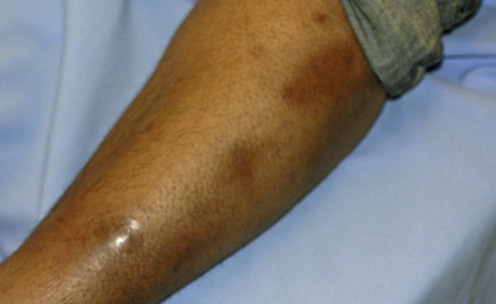Mert A, Kumbasar H, Ozaras R, Erten S, Tasli L, Tabak F, et al. Clin Exp Rheumatol 2007; 25: 563–70.
Erythema nodosum

Specific investigations
Erythema nodosum: an evaluation of 100 cases.
![]()
Stay updated, free articles. Join our Telegram channel

Full access? Get Clinical Tree






